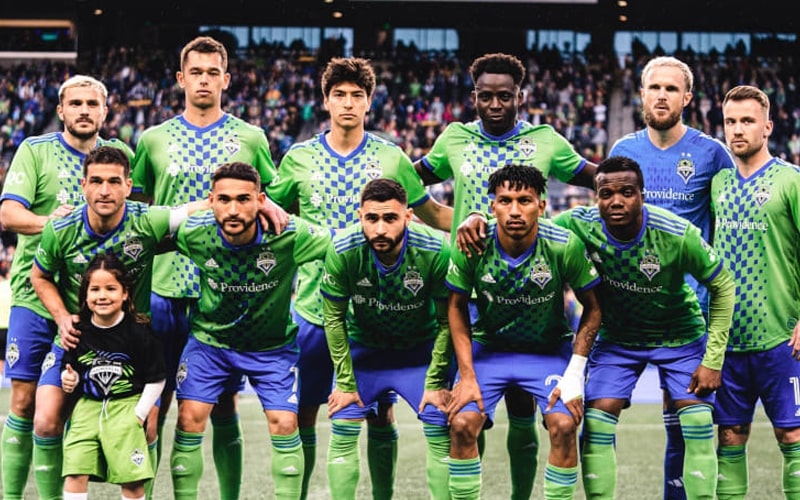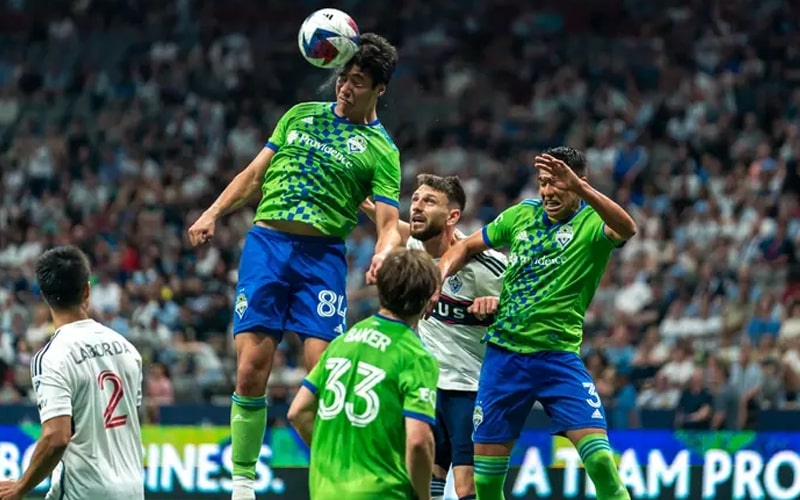MLS and Liga MX are the top soccer leagues in the United States and Mexico, respectively. While both leagues have grown significantly in recent years, they each have their own unique characteristics and strengths. This article will provide an in-depth comparison of MLS and Liga MX, focusing on aspects such as the history of the leagues, competition format, player development, international success, and fan culture.
History and Evolution
Major League Soccer
MLS was founded in 1993 as part of the United States’ bid to host the 1994 FIFA World Cup. The league began its inaugural season in 1996 with 10 teams, and since then, it has expanded to 27 teams, with plans for further growth in the coming years. MLS has steadily increased in popularity, drawing in fans from across the U.S. and Canada, as well as attracting top talent from around the world.
Liga MX
Liga MX, founded in 1943, is the top professional soccer league in Mexico. The league currently features 18 teams and has a long and storied history, with clubs such as Club América, Chivas, and Cruz Azul among the most successful and well-known. Liga MX has long been regarded as one of the strongest leagues in the Americas, consistently producing top-quality players and enjoying considerable success on the international stage.
Competition Format
Major League Soccer
MLS is divided into two conferences: Eastern and Western. The regular season runs from late February or early March to October, with each team playing 34 matches. The top seven teams from each conference qualify for the MLS Cup Playoffs, culminating in the MLS Cup Final, which determines the league champion.
The league also holds several other competitions, such as the Supporters’ Shield, awarded to the team with the best regular-season record, and the U.S. Open Cup, a knockout competition open to teams from various tiers of American soccer.
Liga MX
Liga MX operates on an Apertura and Clausura system, with two separate championships played each year. The Apertura runs from July to December, while the Clausura takes place from January to May. Each championship consists of a 17-match regular season, followed by an eight-team playoff, known as the Liguilla, which determines the champion of each tournament.
Liga MX also features the Copa MX, a domestic cup competition that includes teams from both the top tier and the second-tier Liga de Expansión MX.
Player Development
Major League Soccer
MLS has made significant strides in player development in recent years, with many clubs investing in academies and youth programs to nurture local talent. The league also operates the MLS SuperDraft, an annual event in which clubs can select young players from college soccer programs to join their rosters.
While MLS has historically lagged behind Liga MX in terms of player development, the gap is closing as more homegrown talent emerges and the league becomes increasingly competitive.
Liga MX
Liga MX has a strong track record of producing top-quality players who have gone on to achieve success both domestically and internationally. Mexican clubs invest heavily in youth development, with many teams fielding reserve and youth sides in lower divisions to provide competitive opportunities for young players.
In addition to nurturing domestic talent, Liga MX clubs have also attracted top players from South America and other regions, which has helped to raise the overall level of play in the league.
International Success
Major League Soccer
While MLS has yet to make a significant impact on the international stage, the league has made progress in recent years. The introduction of the CONCACAF Champions League, which pits the best clubs from North and Central America against one another, has provided MLS teams with a chance to test themselves against top regional competition. Although no MLS team has won the tournament since its inception in 2008, several clubs have reached the final stages, signaling the league’s growing competitiveness.
In addition to club success, MLS has also produced players who have gone on to excel for their national teams, particularly for the United States and Canada. With the continued growth of the league and investment in player development, it’s expected that MLS will continue to play an increasingly significant role in the international soccer landscape.
Liga MX
Liga MX clubs have enjoyed considerable success on the international stage, particularly in the CONCACAF Champions League. Mexican teams have dominated the tournament, winning the vast majority of titles since the competition’s inception. This success highlights the strength and depth of the league, as well as its ability to develop and attract top talent.
Mexican national team players have also consistently performed well in international competitions, such as the FIFA World Cup and the Copa América, further underlining the quality of Liga MX as a breeding ground for top-level players.
Fan Culture
Major League Soccer
The fan culture surrounding MLS has grown and evolved significantly since the league’s inception. Supporter groups have emerged for many clubs, bringing a passionate and energetic atmosphere to matches. The league has also made efforts to engage fans through initiatives such as soccer-specific stadiums, which create a more intimate and authentic soccer experience.
MLS has also embraced diversity, with clubs and fans celebrating the unique cultural backgrounds of players and supporters. This inclusive atmosphere has contributed to the growth of the league and its appeal to a wide range of fans.
Liga MX
Liga MX boasts a rich and passionate fan culture that has been cultivated over many decades. The rivalries between clubs, particularly those based in the same city or region, add an extra layer of intensity and excitement to matches. Fans are known for their unwavering support, often traveling long distances to follow their teams and creating a vibrant atmosphere inside stadiums.
The passion for soccer in Mexico is deeply ingrained in the culture, and this love for the game is evident in the dedication and loyalty of Liga MX supporters.
Conclusion
Both MLS and Liga MX have their own unique strengths and characteristics, offering soccer fans in the United States and Mexico a wealth of entertainment and excitement. While Liga MX has a longer history and has enjoyed more success on the international stage, MLS is steadily growing and improving, closing the gap between the two leagues.
The future of soccer in North America looks bright, with both leagues continuing to expand and attract top talent from around the world. As MLS and Liga MX continue to evolve, the rivalry and cooperation between the two leagues will only serve to strengthen the sport in the region, benefiting players, clubs, and fans alike.




